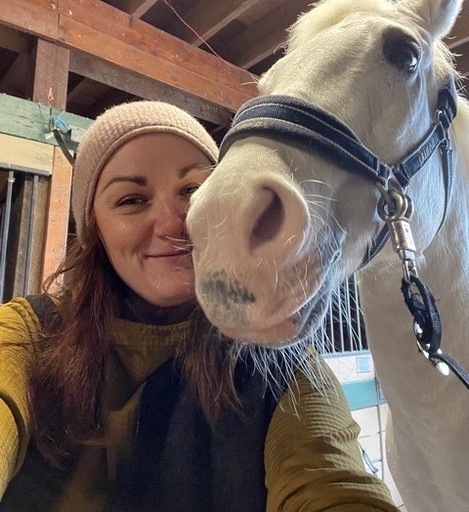Keyboards were set ablaze (metaphorically) when an executive at investment firm Insight Partners recently posted a detailed formula for ranking account executives on a B2B sales team.
The short version: overperform your peers by 20%, you move up a level. Underperform by 20%, you move down. Given stack-ranking’s fraught history, a thread full of questions about fairness, upward mobility, and teamwork immediately followed.
At ZoomInfo, we definitely have a few things to say about the topic — company founder and CEO Henry Schuck was the original source of the ranking program at issue. He cites stack ranking and lead distribution as key factors in our go-to-market efficiency, including sub 30-day sales cycles and a lifetime customer value more than 10 times its customer acquisition cost.
So, yes, it’s true that ZoomInfo AEs get better quality leads based on their ranking. Here’s why yours should, too.
Your Customers Deserve The Best Available Account Executive — For Them
Prospects come to you with a business problem. The best AE is the one who can guide them to solving that problem with your product or service.
Popular lead-routing methods include round-robin assignments, where leads go to the next available AE; cherry-picking scenarios, where AEs snag the leads they want; or leads being assigned by geographical territory. But none of these methods put the customer’s needs first.
At ZoomInfo, we stack-rank our account executives based on their likelihood to convert a prospect into a closed-won opportunity. Instead of a single raw number metric such as number of deals closed, we define what “best” means for AEs using five weighted metrics from trailing three-month performance.
This gives us a holistic view of each AE’s ability to match a solution to a prospect. From this pool of ranked AEs, a prospect is routed to the next best one available — they’re not left waiting.
“Above all else, this system prioritizes the customer,” says Matt Balaschi, a senior sales director at ZoomInfo. “Imagine a lead comes in from a region ‘owned’ by an AE, but that AE is in a meeting or on vacation. Why should the customer have to wait because one person is busy or away? At ZoomInfo, we route our leads based on the time that works best for our customer and book it with the best available AE for them at that time.”
Keep Your Best Performing AEs Motivated
This motivation is pretty self-explanatory, especially if you’re at the top.
“The people who are learning, practicing, and self-sourcing deals are rewarded in lead quality,” Balaschi says. “I think that’s important. As they continue to drive revenue and customer experience, they have the ability to double down on their success. Hard workers have the opportunity to immediately get better leads.”
Plus, the opportunity cost of giving your best leads to lower performers is too high — both from a customer experience and a revenue perspective.
“If you have an AE who isn’t putting in the prep work or studying up before sales calls, you don’t want your best leads going to that person,” Balaschi says.
Push Excellence For Everyone
Instituting stack-ranking means that everyone in your sales organization has to strive. But it’s important to note that this system isn’t designed to punish lower-performing AEs with lesser leads. Nor does it mean that lower-performing AEs should use their leads as low-stakes batting practice.
“Every lead is important. Your low-level leads still need your product and can buy your product,” Balaschi says. “You can’t treat them like you can swing and miss.”
When an AE is just beginning, working on lower-tier leads means that mistakes are less costly. By the time they’ve fully ramped up, they’re getting better leads, which rewards their improvement.
Build Efficiency And Predictability Into Your Go-To-Market Motion
There’s a lot of thought and science that goes into the way we generate, route, and close new leads. Quantifying AE performance plays a key part in this process.
“We work hard to drive a predictable business, so we need a consistent sales team that converts on leads at a specific clip,” Balaschi says. “When we know that our best team converts at a certain rate, it removes unexpected chaos by having a predictable revenue stream.”
Moving away from routing leads by industry specialization or geographic territory also benefits AEs — now they won’t have to weather an industry or territory going through a downturn.
“Instead of AEs getting lucky with a territory that’s hot or AEs who are working hard getting stuck with a territory that’s cold, we are focused on rewarding continuous improvement,” Balaschi says.
Getting Started with Stack Ranking in Your Sales Organization
Ready to try ZoomInfo’s go-to-market lead-routing strategy in your own sales organization? Before you introduce a stack-ranking system, you’ll need to implement a few GTM motions to support your AEs and prospects before, during, and after the sales call.


